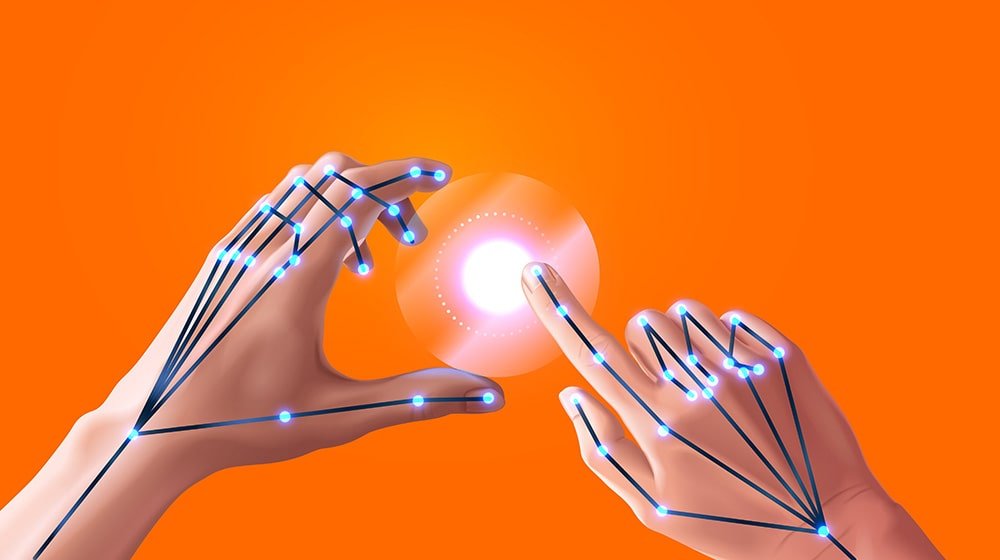How AI is Transforming Virtual Reality

Artificial Intelligence (AI) and Virtual Reality (VR) are two of the most exciting and fast-evolving technologies today. When combined, they create a revolutionary impact, changing the way we experience digital environments. Virtual Reality (VR) has come a long way from bulky headsets and pixelated graphics to immersive, lifelike experiences. But what’s truly accelerating VR’s evolution? Artificial Intelligence (AI). By integrating AI into VR, developers are creating smarter, more interactive, and personalized virtual worlds
Here’s how AI is shaping the future of VR:
1. Smarter Virtual Environments
AI enables VR worlds to adapt in real-time based on user behavior. Instead of pre-scripted interactions, AI-powered NPCs (non-playable characters) can now respond naturally to users, making experiences more dynamic and engaging.
2. Enhanced Personalization
AI analyzes user preferences, movement patterns, and even biometric data to customize VR experiences. Whether its adjusting difficulty levels in a game or recommending virtual tours based on interests, AI makes VR more user-centric.
3. Realistic Avatars & Facial Expressions
With AI-driven facial recognition and motion tracking, VR avatars can mimic real-world expressions and gestures. This is a game-changer for social VR platforms, remote work meetings, and virtual training simulations.

4. Improved Voice & Gesture Controls
AI-powered voice assistants (like ChatGPT integrations) and gesture recognition make VR interactions more intuitive. Instead of relying solely on controllers, users can navigate VR spaces using natural speech or hand movements.
5. Better Content Generation
AI tools like generative adversarial networks (GANs) can create high-quality 3D assets, textures, and even entire virtual worlds faster than manual design. This speeds up VR development and reduces costs.
6. Reducing Motion Sickness
One of VR’s biggest challenges is motion sickness. AI helps by optimizing frame rates, predicting head movements, and adjusting visuals in real-time to minimize discomfort.
7. AI-Powered VR Training & Education
From medical simulations to military training, AI-driven VR provides realistic, adaptive learning environments. AI can assess performance, provide feedback, and even alter scenarios based on user progress.
The Future of AI & VR
As AI continues to evolve, VR will become even more immersive, responsive, and accessible. Imagine AI-generated virtual worlds that learn from millions of users or VR therapy sessions tailored by AI psychologists. The possibilities are endless.
Final Thoughts
AI isn’t just enhancing VR—it’s redefining what virtual experiences can be. From gaming and social interactions to education and healthcare, the fusion of AI and VR is unlocking new dimensions of innovation. AI and VR together are shaping the future of digital experiences. From hyper-realistic simulations to personalized interactions, AI significantly enhances VR’s potential. As technology advances, we can expect even more seamless, intelligent, and immersive virtual environments, revolutionizing entertainment, education, healthcare, and beyond. The future of AI-powered VR is just getting started!